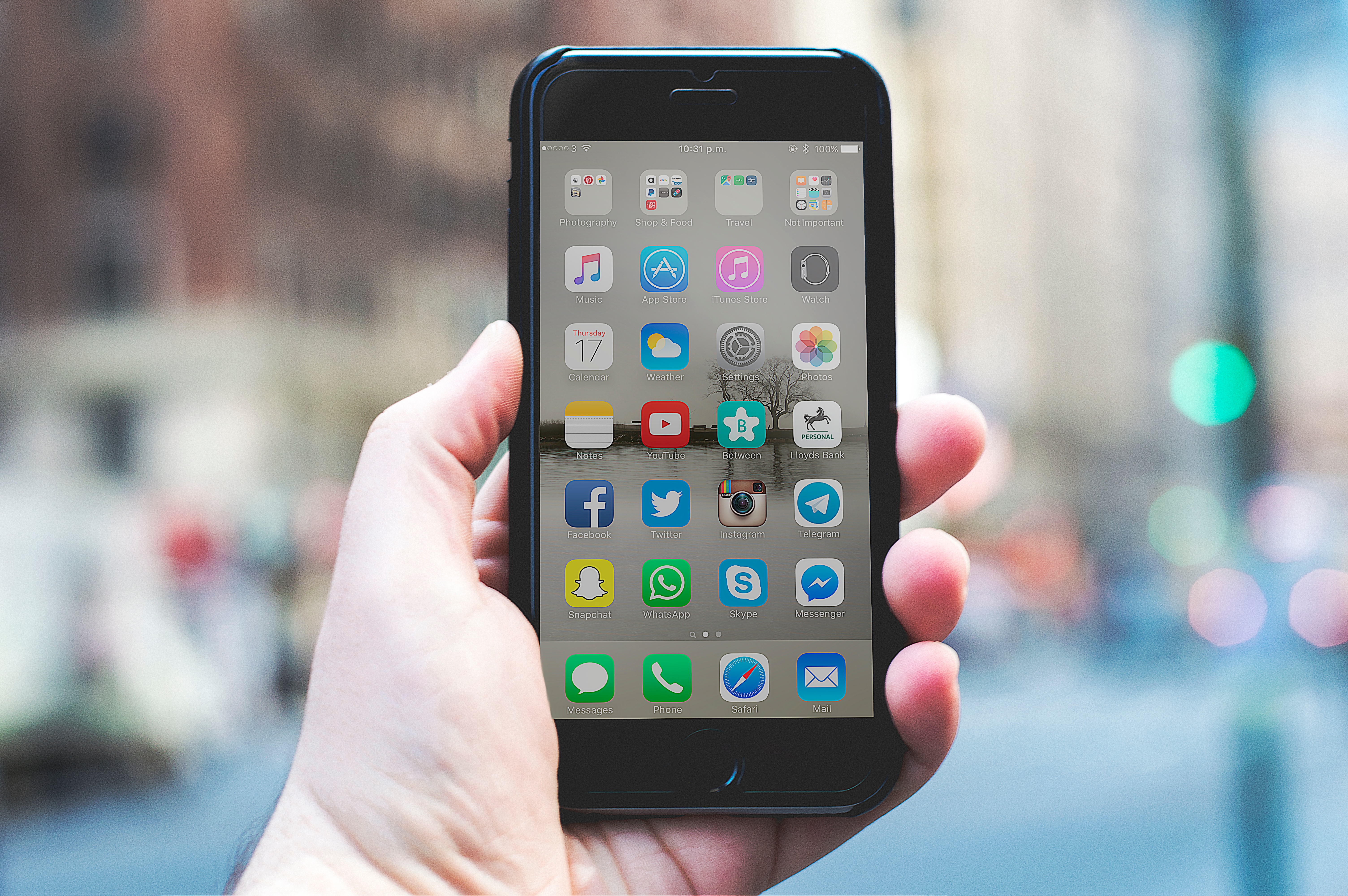One of the long-standing stories that we love to tell at the college is that no one uses email, especially students. Or my favourite: “email is for old people”.
Maybe. But for 20 years, it’s been: “Email is dead! Long live email!”
Email is still the de facto standard of communication within and between organizations. It certainly is the blessed-and-sanctioned standard at NSCC.
“I don’t check my email” isn’t a free pass on missing some important deets. That goes for staff and students alike.
If you disagree, feel free to fight me after school. I’ll be waiting by the bike racks with the rest of my nerd herd.
Girl, there ain’t no I in “team” But you know there is a “me” And you can’t spell “awesome” without “me” I promise that you’ll never find another like
Me-e-e

Anyway, the truth is that communication is changing and there is a world beyond email. What’s funny is that the thing that’s being touted as the new-fangled usurper of the crown isn’t all that new at all.
I’m talking about chat and discussion boards, both around since the mid-80s.
We used to have this thing called Internet Relay Chat (IRC) for real-time conversation between members. There would be channels where the conversations would be somewhat broken into topics. MSN Messenger, Google Talk, and Facebook Messenger are evolutions of this.
Also, there was USENET or newsgroups, which resembled email in a lot of ways but was more public and the threaded conversations could be archived and searched. Most of this is sitting in Google Groups.

Cultures grew up in both these universes and while wildly popular in their communities, there was always a vacuum. Like we wanted something more.
These tools still lingered after all the DotCom crap and amid all the social media infiltration of our lives where we sell our souls to the data mining gods of Facebook and Google.
But the trick here is that they’ve professionalized considerably and merged into something better.
There are two main players in this space.
- Slack, which I use in my non-college collaboration life.
- Microsoft Teams, which launched for staff the end of October 2019.
*Note, Skype for Business is being retired in 2021 but, until then, it’s still in your tool box.
Microsoft Teams
Microsoft Teams has a few elements that you may recognize. I’ll run through the left navigation of the tool.
- Activity - This is a feed of all the crap you do in Teams. Think about it as the FB newsfeed, but for Teams. If you get notified about something, it’ll be here.
- Chat - This is where the one-on-one conversation happens and where most of the time I spend in Teams happens. Any chat can be turned into a voice or phone call.
- Teams - This is the threaded conversation space that is more organized into Teams each with topic-focused Channels. I’ll spend some time next week going through how to make best use of Team Channels.
- Calendar - This is essentially your Outlook Calendar in Teams. You’ll go here to join meetings when you don’t just do that from Outlook.
- Calls - Because chat, voice and video are all part of a telephony experience, it makes sense to treat these as one. This really becomes obvious on the mobile app.
- Files - Every Team is really a SharePoint site, so the files shared collaboratively in the app show up here. For convenience, your OneDrive folders show up here too.
So, a couple of observations:
-
You can see where Microsoft is headed in replacing Skype for Business with Teams. Chat/Calendar/Calls are all functional alternatives to their Skype equivalents. The integrations show up in Outlook for the desktop and in parts of Outlook on the web and mobile. This will continue and will only get better.
-
The Microsoft Teams app is positioned as a hub to DO ALL THE THINGS. Converse, collaborate, work and share files.

The only thing you can’t do in Teams is email.
Which is kinda funny if you think about it.
Anyway…
We’ll talk more about the team-y part of Teams next week.
A Note on Teams Etiquette
Gleaned from 2 years usage by DI&Tech
It’s a social technology and like any tool, the human-side of the equation matters most. Here again are some guiding principles:
- Teams is for conversations, feedback collection and collaboration. Teams is real-time and the content is transient, often ephemeral. Teams is meant for the here-and-now.
- Email is for official communication of decisions, policy and communique. Email is transactional and recipients are accountable to it. Email has a longer lifespan.
- This gets confused a lot. It’s fine to use Teams to communicate, but if you want to say you “communicated” something official, use email as well.
- Topic adherence to a channel or chat is challenging. If there is a sidebar conversation or the topic drifts, please be considerate of others and move the chatter to either an appropriate channel or to a chat.
- The General channel can not be unsubscribed from. If you use that channel, be mindful of the noise it generates– especially with replies. If there is an important conversation going on in another channel that is of timely interest to everyone, @mention the channel in General so the conversation happens in the right place.




